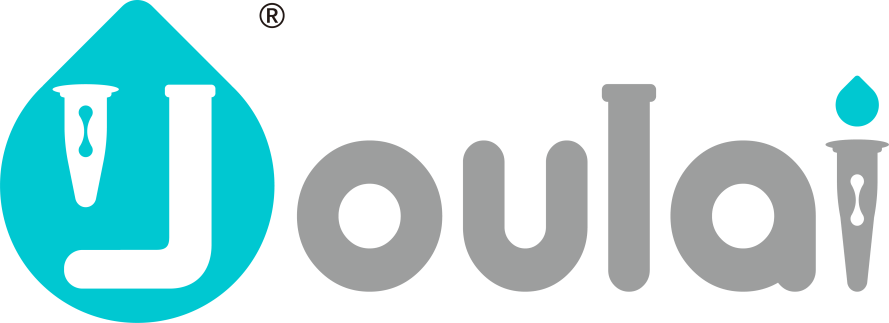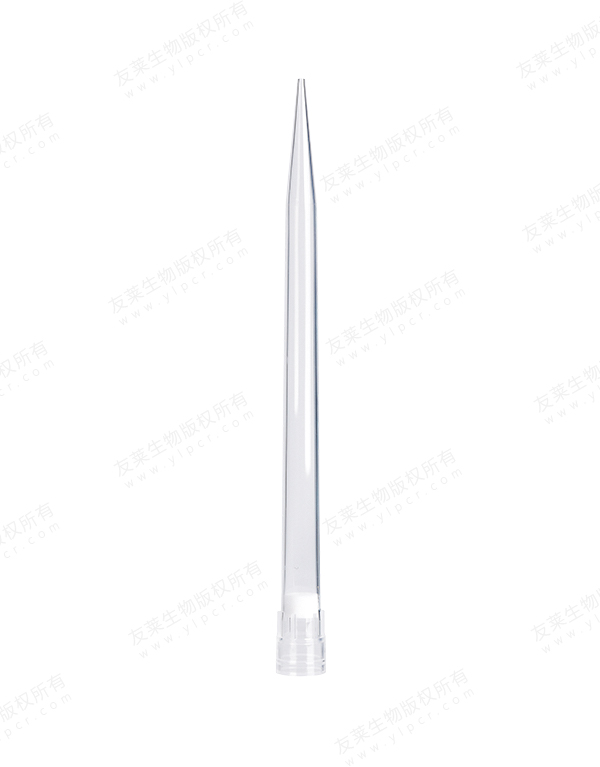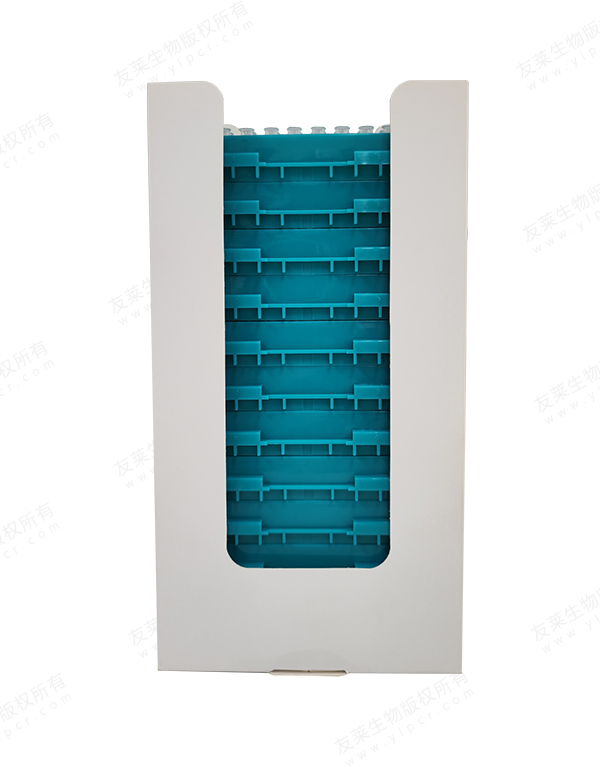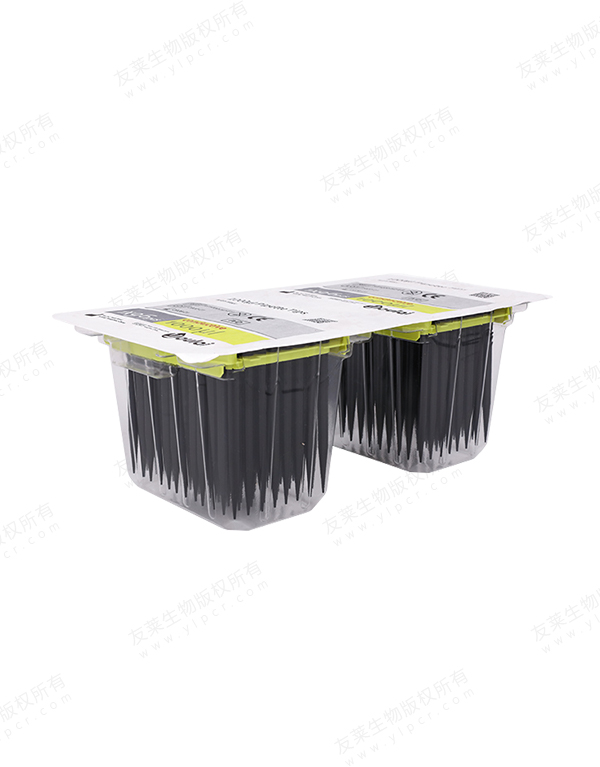When it comes to storing and processing samples, centrifuge tubes are a common staple in labs across the world. They are used for a variety of purposes, from the extraction of toxins to preparing samples for analysis.
Choosing the right tube for your application requires consideration of many factors. These include material, speed capacity and colour.
Material
The material of a centrifuge tube is one of the most important aspects to consider. It needs to be able to withstand the forces of the centrifuge and also the chemical resistance of your samples.
Common materials used to make tubes include polypropylene (PP), polyallomer (PA), polycarbonate (PC), polyethylene terephthalate (PET) and glass. It’s also worth considering the sterility of the tubes you purchase.
Often, a sample will contain a contaminant that must be removed so it can be properly studied. This can be achieved by centrifuging the sample so that it is separated from the contaminant, leaving a viable specimen to study.
When loading the rotor of a centrifuge, the tubes should be arranged so that they are balanced across their pivotal axis. This ensures that the mass of each sample is correct, particularly if you are using a high rotor velocity.
Speed Capacity
The speed capacity of centrifuge tubes is important when selecting one for your laboratory. They can vary from microcentrifuges that spin at up to 2 ml/min to instruments optimized for very high speeds - generating forces of up to 1,000,000 g.
Generally, it is recommended to look at relative centrifugal force (RCF), rather than rotation per minute (RPM), as RCF takes into account the gravitational force being applied to a tube by the rotors spinning. This factor can often affect pricing and make it easier to choose a suitable tube.
It is also a good idea to consider the material and sterility of the tubes. For example, PP tubes are frequently used as they offer good chemical resistance and are autoclavable.
They are also available in a variety of colors, making it easy to identify samples. This can save time and reduce sample waste, making it an ideal choice for laboratories with multiple samples.
Colours
Color is one of the most important attributes to consider when comparing microcentrifuge tubes. Clear tubing is useful for identifying samples, while amber and black tubes are great for storing photosensitive reagents such as qPCR master mix.
There are many colours to choose from in a range of different materials. Commonly used tube materials are polypropylene (PP), polyallomer (PA), polycarbonate (PC), and polyethylene terephthalate (PET).
The colour of the cap can also be an important factor to consider. Purple topped tubes are primarily used for blood culture, while grey topped tubes can be a good choice for a variety of tests.
Centrifuge Tubes are a key lab supply that must be durable enough to withstand high speed centrifugation, as well as the chemical resistance of your samples. Make sure you select the right material for your application to avoid costly and time-consuming spills.
Caps
Centrifuge Tubes are available with caps that provide a tight, leak-proof seal. These caps can be effortlessly opened (or closed) with one hand, and are designed to withstand extreme temperatures from -86degC to +80degC. CapLock(tm) Clips are also available to maintain the integrity of the seal in heated applications, such as boiling samples.
Depending on the type of cap, they may be sterile, RNase and DNase free or pyrogen free. They are rotor sterilized following an approved ISO 11137 method and can be used in a variety of applications, including cell harvesting/purification and drug discovery.
These sterile, RNase, DNase and Pyrogen free tubes are available in various sizes and cap configurations. They are manufactured from ultra-clear polypropylene and feature assembled screw caps with silicone O-rings that assure a leakproof seal from -90degC to +121degC.

 English
English русский
русский 中文简体
中文简体




